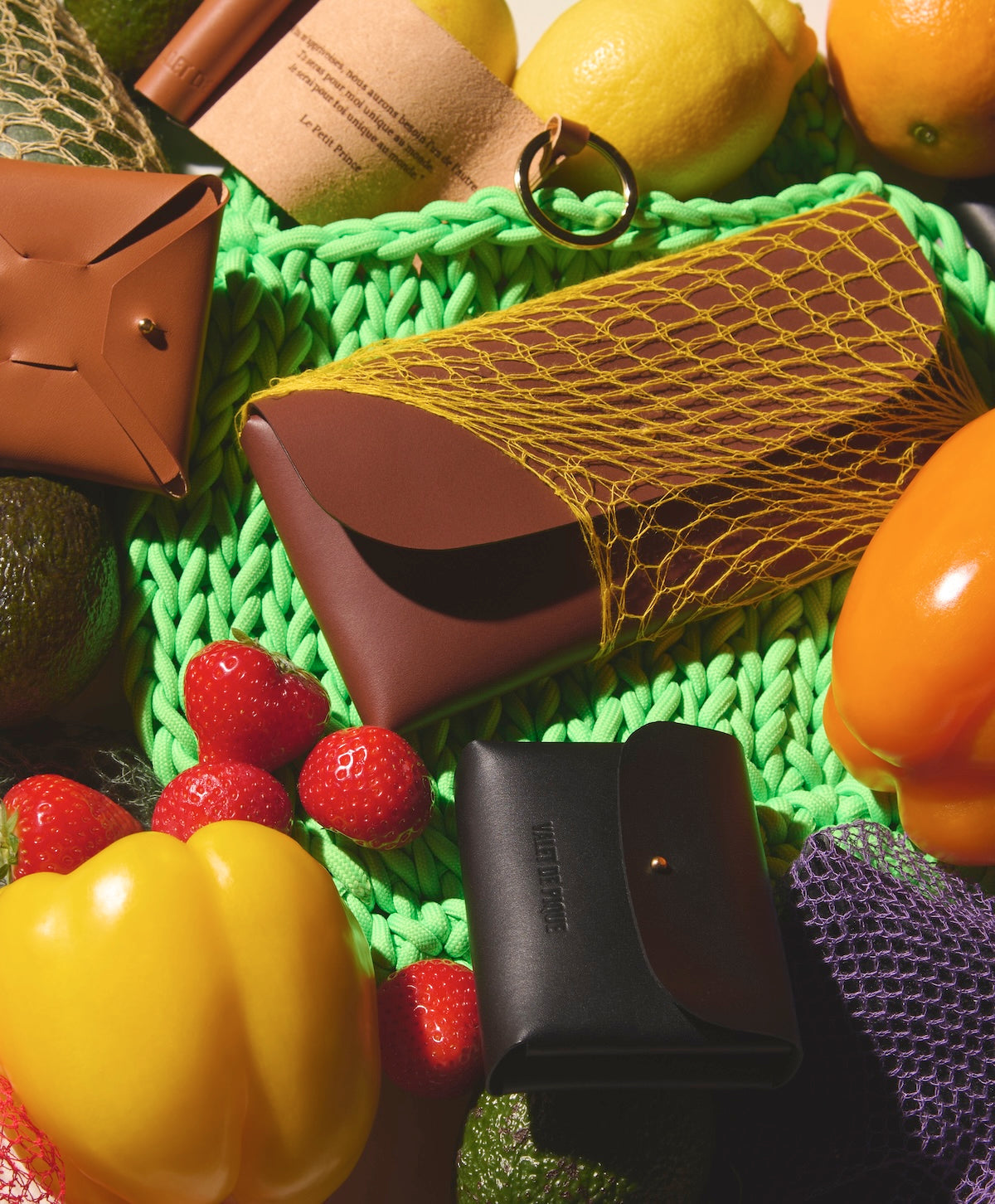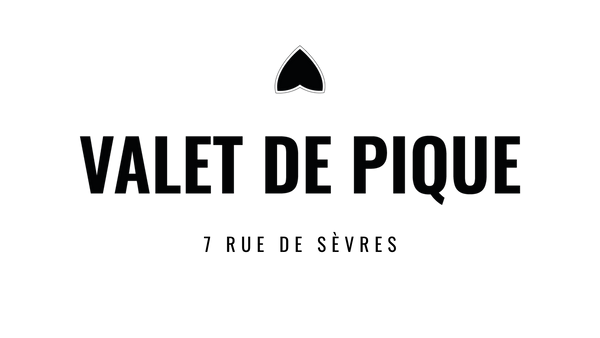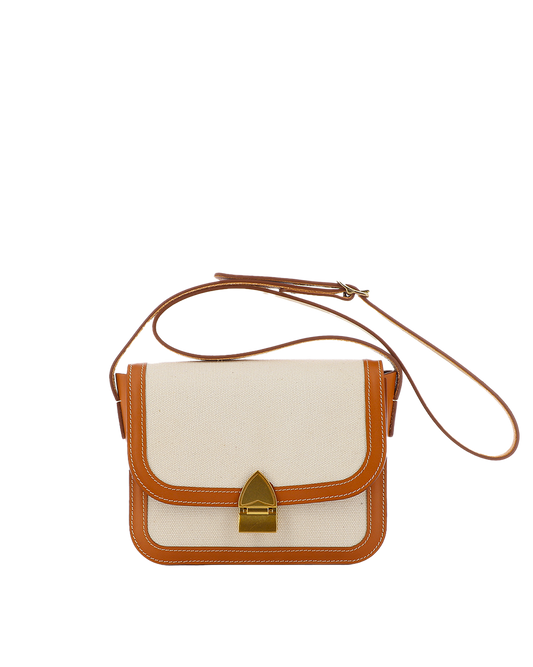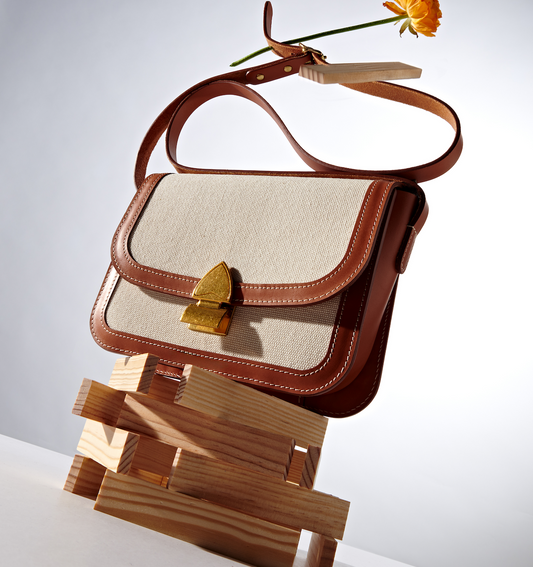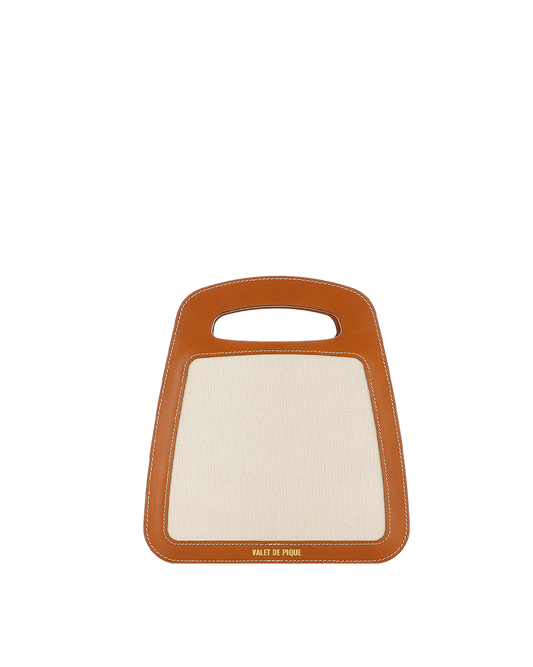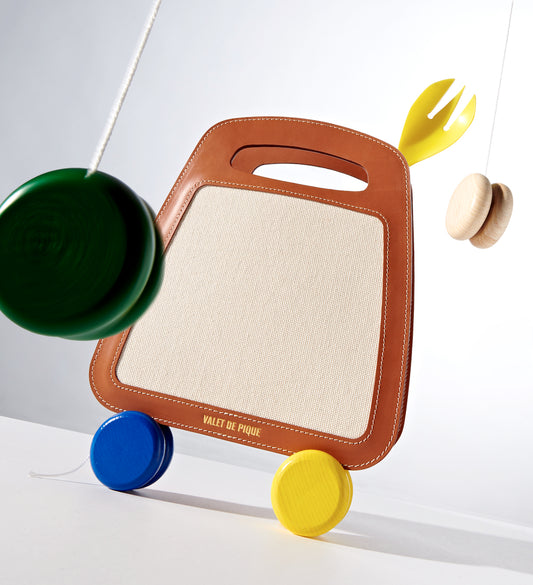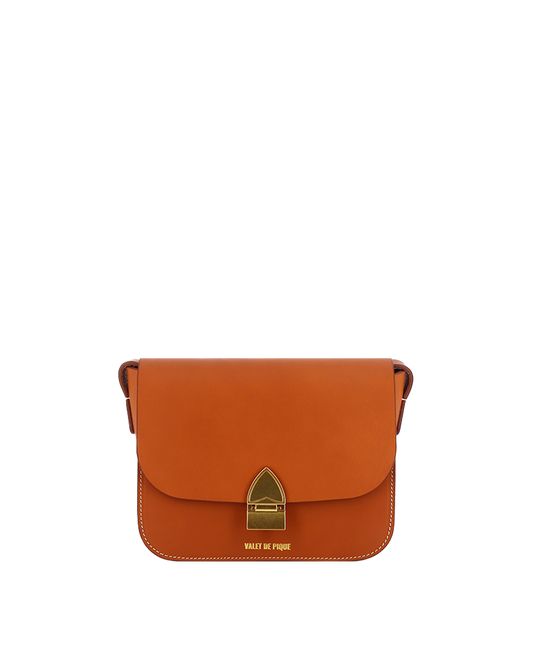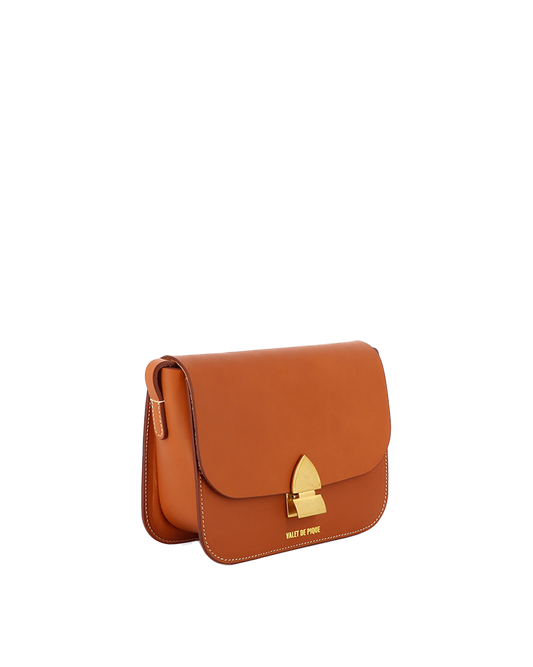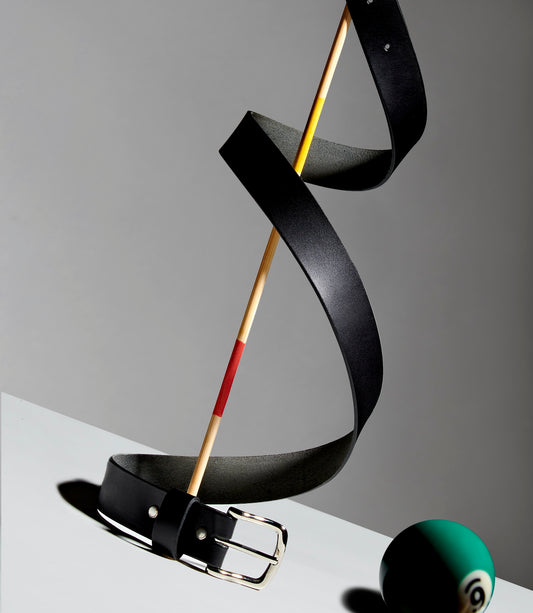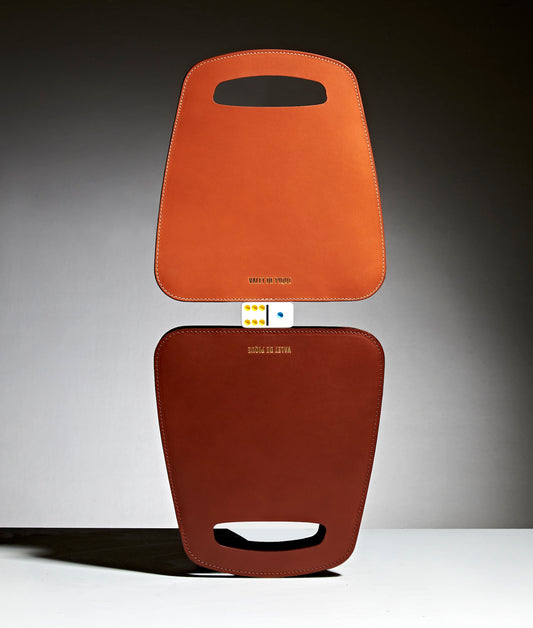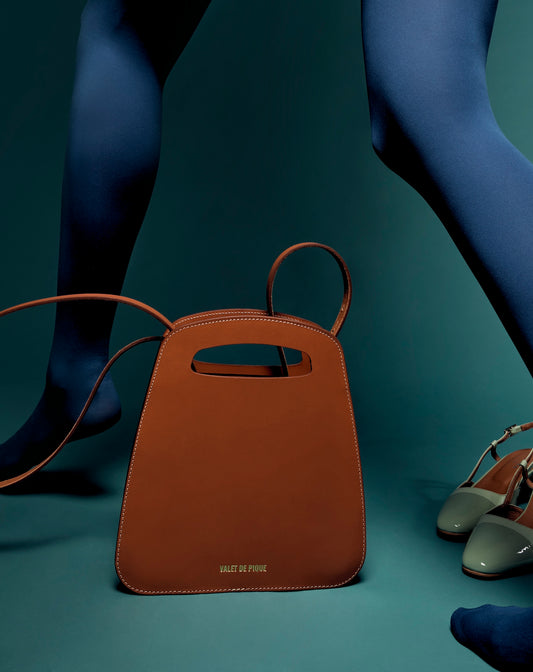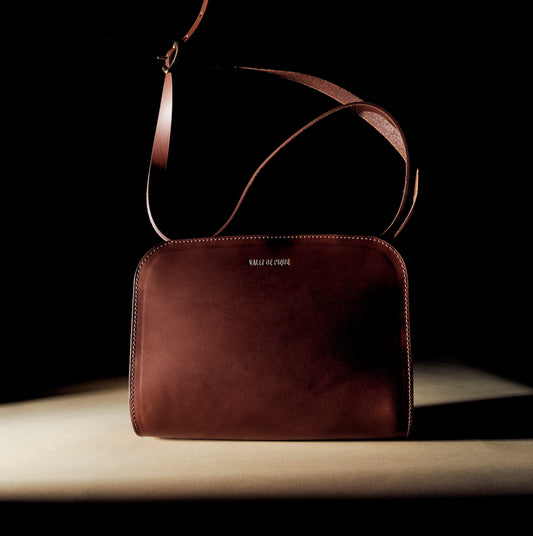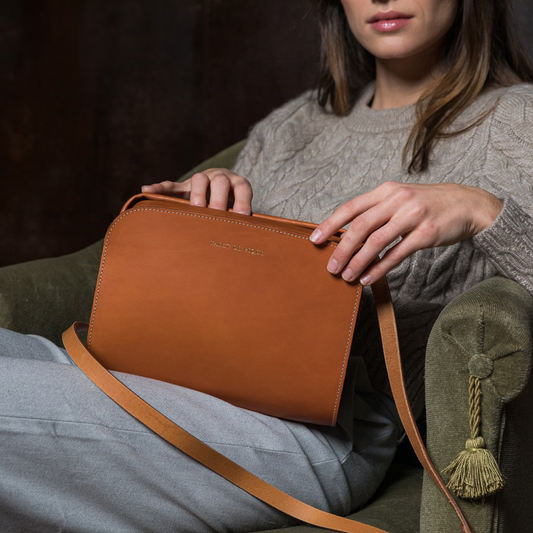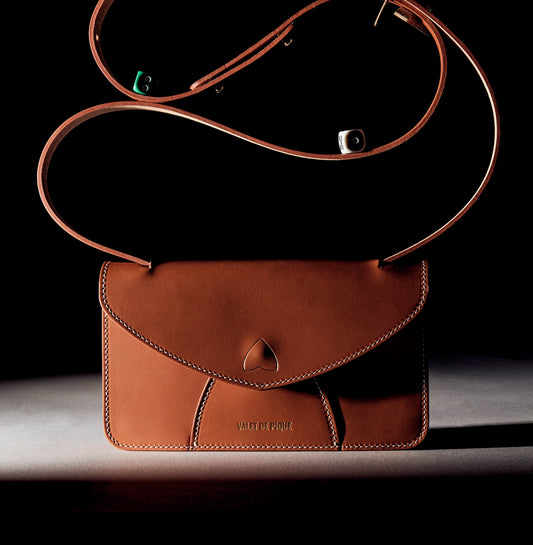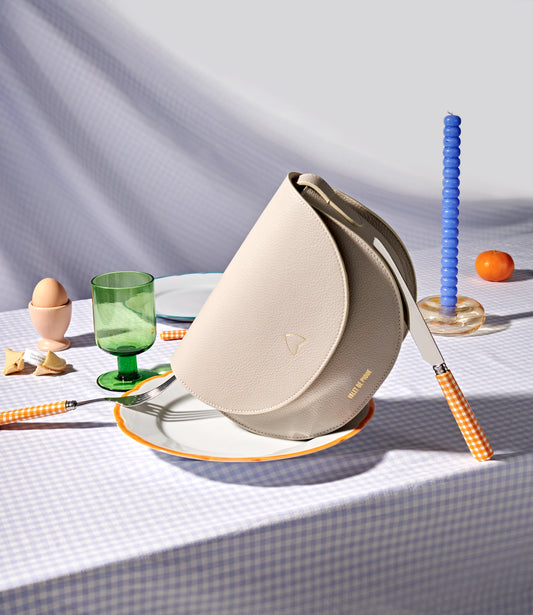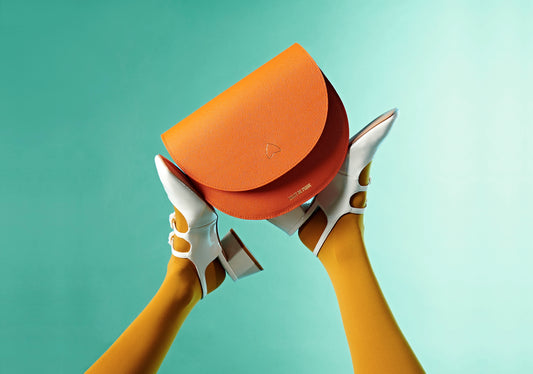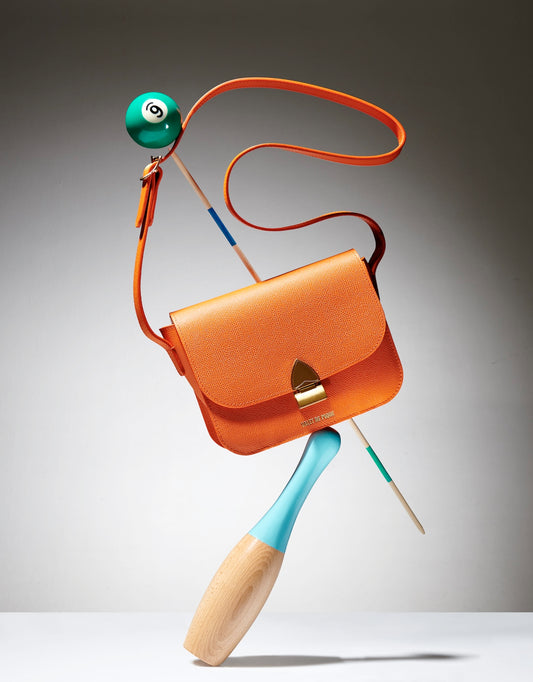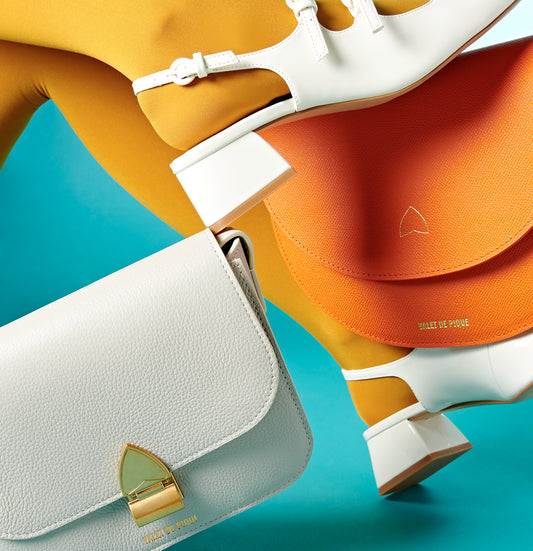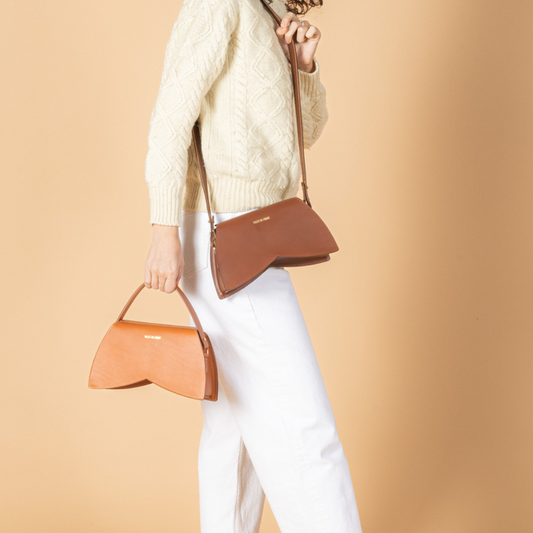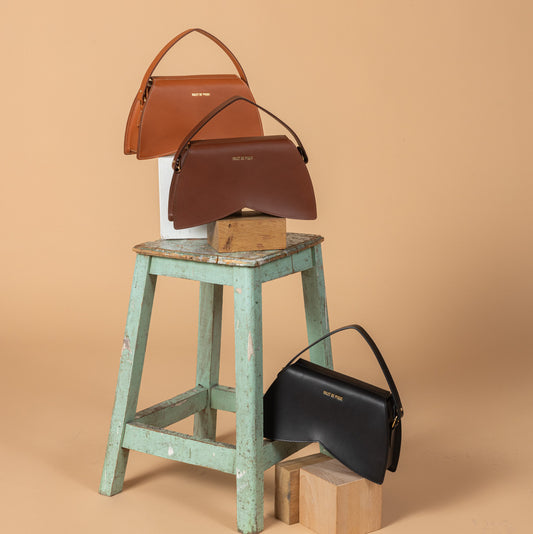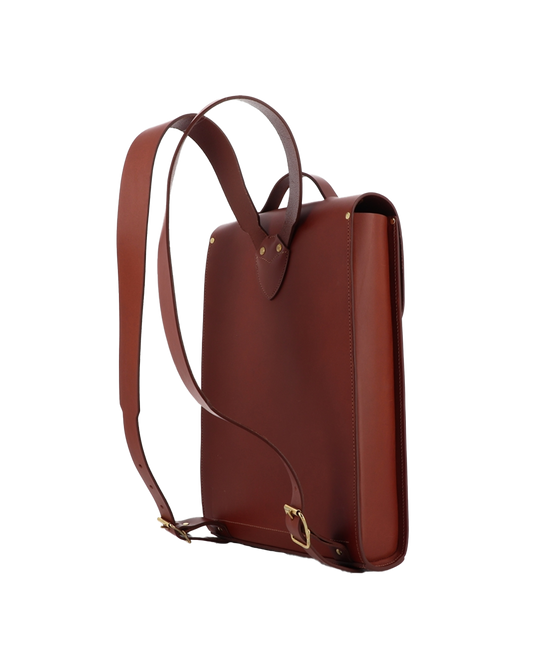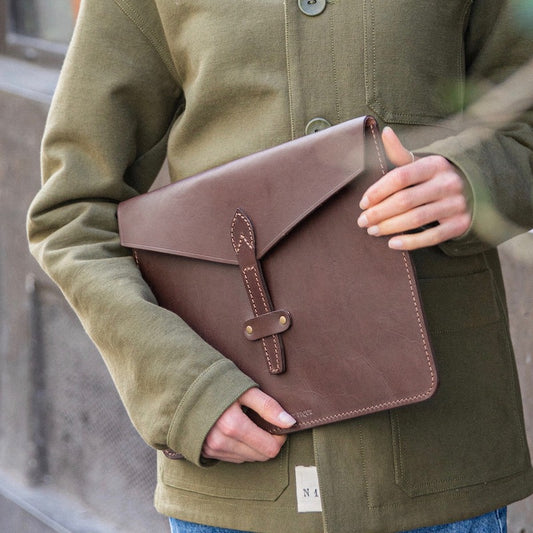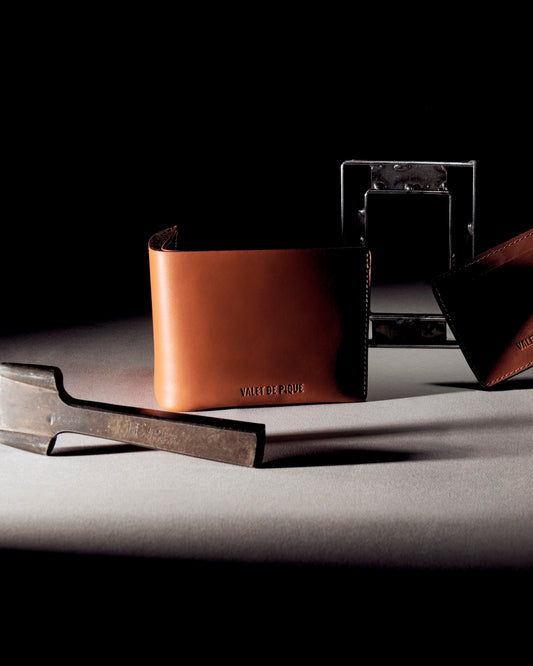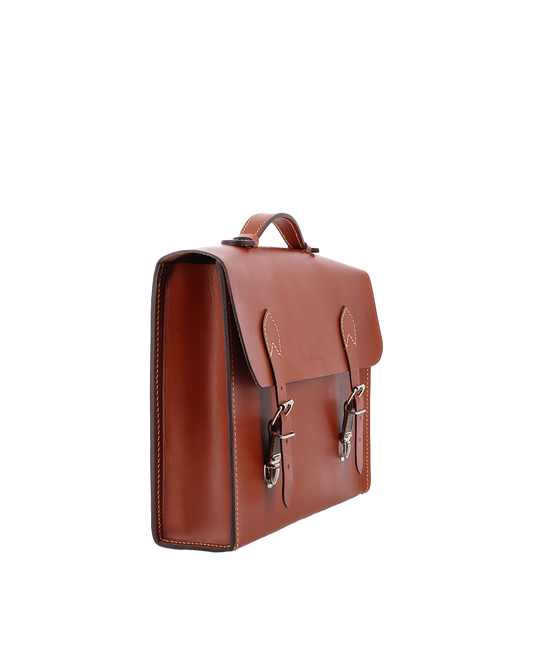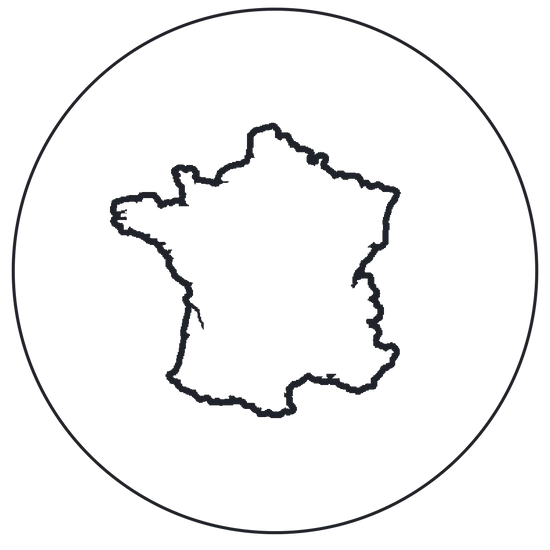In this article of our leather section, we talk about the different existing leathers.
To choose your leather bag, shoes, purse or belt, it is recommended to understand the different types of leather and their manufacturing processes.
1- CHOOSING YOUR LEATHER
a. Full grain leather
This is the top layer of a hide that is divided into layers by a splitting machine of different thicknesses. This outer layer will show natural scars and hair cell patterns if not corrected to natural grain. The thickness can vary depending on the gauge set at the time of splitting. Afterwards, the hides can be colored and given different protective finishes. Whether produced for upholstery, clothing, footwear or saddlery, these are the best types of leather, as they are the strongest, most durable and most valuable layer of leather.
Reading time: 6 minutes
Full grain leather
Grained leather
b. Corrected or grained grain leather
Hides that have a large amount of scratches or scars are treated by "correcting" the natural grain. After being split to the required thickness, this natural grain is polished or sanded and replaced with a so-called grained grain and finish to simulate various cell patterns. The resulting effect will look flawless, without natural scarring, but it is no longer the natural grain. Many applications for leather shoes and handbags are printed with unique exotic patterns to give them a special look.
c. Leather Crust
Split leather is the bottom layer of the hide, after the full grain layer is removed. These types of leathers are also available in different thicknesses depending on the application. This leather is less expensive. It is therefore used in products where full grain is not required, such as tool pouches, moccasins, suede clothing, etc. This hide layer can also be treated by applying a synthetic finish and a hair cell to one side of the suede to create an artificial full grain leather look.
d. Reconstituted, Bonded or Fiberized Leather
Leftover leather and scraps from garment and shoe factories are shredded and recycled. In these types of leather, the fiber particles are bonded to a fabric with an adhesive. A synthetic grain is then applied followed by a hair cell pattern and finish. This material will have a suede back and a smooth full-grain leather appearance, when it is a leather composition. Because it is composed of at least 51% leather fibers, it is represented as "genuine leather" and used in many low cost finished apparel and upholstery products.
2- THE TANNING PROCESS
Leather manufacturing is a complex process.
The tanning process has five distinct stages: pre-tanning, tanning, selection, dressing and finishing.
Hides are processed quickly after slaughter because they are extremely fragile. They are made up of 75% of their weight in water and degrade in a few hours. In order to stop the development of microbes and bacteria that cause this degradation, they must be dehydrated. The most used method is salting (simple and economical). Other methods exist, such as drying or freezing.
Step 1: Pre-tanning
Soaking - when the leather arrives at the tannery, it can be soaked to extrude the salts used in leather preservation. This is done in rotating drums.
Removal of hair and skin - The hair and skin are removed with a solution of lime (calcium hydroxide) and sodium sulfide which is applied to soften and improve the suppleness of the hide.
Splitting - The skin is divided into layers. The top layer, or grain layer will produce a fine, smooth leather. The bottom is used for suede or split leather for other uses.
Step 2: Tanning
This is the process that turns the pre-tanned hide into leather.
There are two main types of tanning :
Wooden rotary vat for tanning
Vegetable tanning: The tanning agents are concentrated powders from various plants. They are often supplemented chemically to improve their properties. The hides spend alternately between 8 and 15 days in 5 to 8 vats containing increasingly concentrated solutions. This method, although very long, is the most qualitative.
Mineral tanning : (represents 80% of the world production): It is made from chromium salts. This is what makes it soft, elastic and resistant to water and light. Its manufacturing process is also faster.
And the environment? In France, as elsewhere in Europe, one is not more polluting than the other because the entire industry is subject to ICPE standards (classified facilities for environmental protection) and the Reach regulation (which concerns chemical safety). Producers are therefore responsible for the elimination of their waste. This explains why, for the past 15 years, wastewater treatment plants have been built at the end of factories to treat wastewater. Outside Europe, however, it is much more difficult to know what to expect.
Step 3: SELECTION
After tanning, the excess water is removed from the hide. The hides are then graded according to the amount and location of natural characteristics and defects. Nubuck leathers (nubuck leather, or suede leather, is a classic leather that has been sanded to give it that velvety feel) require the highest quality hides. Heavily coated or grained leather can use lower quality hides.
Step 4: Trimming
The currying of hides involves some of the following actions:
Palising allows the leather to become more supple. It is then kneaded.
The splitting allows a setting to the desired thickness. The top (the grain) and the bottom (the crust) are then separated.
The de-tanning is an operation of equalization and refining of the leather by a planing (on the side of the flesh).
Retanning consists of adding a dye and food to the leather.
Sanding, the surface of the leather is ground with fine sandpaper. This gives the leather a velvety appearance and a soft touch (nubuck). As only the outer surface is touched by the treatment, the hide retains all its strength.
Satin finishing is the pressing of the leather against a smooth heated plate. This gives the leather a smooth surface.
Printing or graining: a metal plate with an imprint, heated to 120°, is pressed onto the leather to give it a special relief. It is thus possible to imitate the skin of certain animals, like reptiles.
Reptile print leather
Step 5: Finishing
The purpose of the finishing is:
Leather saddle
To minimize the appearance of grain imperfections without losing the natural beauty of the leather product.
To give the desired degree of shine.
To make the leather soft and pliable
Protect the surface
To facilitate the cleaning of the surface
To give a special effect.
The finishing process uses a combination of surface coating techniques such as padding, spraying or roller coating. Then there are mechanical processes such as polishing, staking and graining.
3- THE DIFFERENT PARTS OF LEATHER
The collar: it is used for leather goods, saddlery, shoes. It corresponds to the neck of the animal.
The flanks: The least "qualitative" part. Very elastic, thin and irregular (corresponds to the belly).
The back: Whole skin from which the sides have been removed. Very useful for long lengths in saddlery for example.
The strip: or half skin, the whole skin cut in two in the direction of the length.
The croupon : it is a backskin without the collar.
